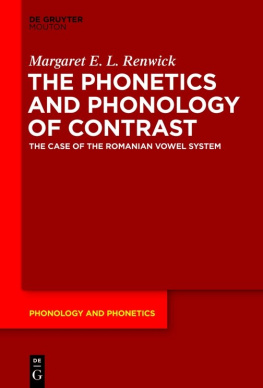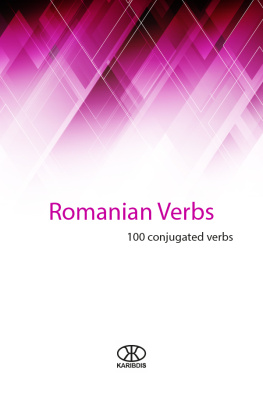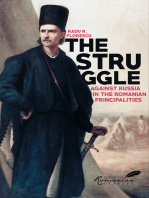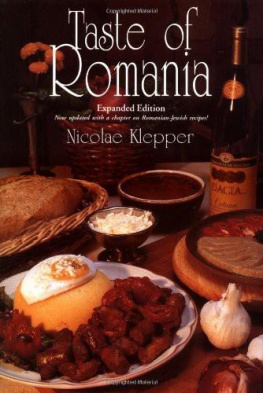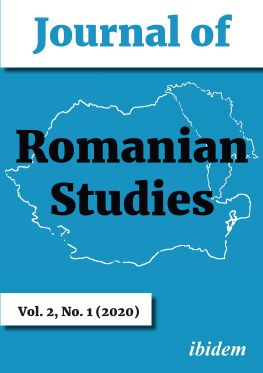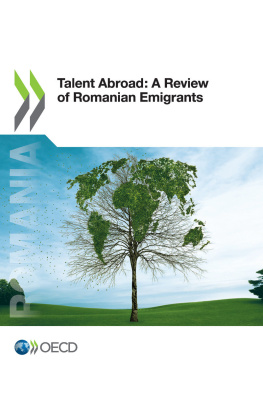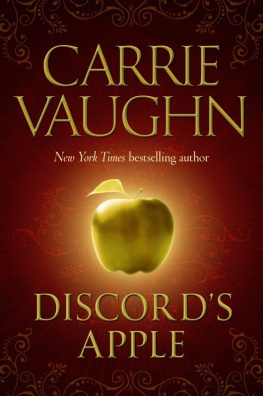FROM STOREROOM TO STAGE
Material Mediations: People and Things in a World of Movement Edited by Birgit Meyer, Department of Philosophy and Religious Studies, Utrecht University, and Maruka Svaek, School of History, Anthropology, Philosophy and Politics, Queens University, Belfast
During the last few years, a lively, interdisciplinary debate has taken place between anthropologists, art historians and scholars of material culture, religion, visual culture and media studies about the dynamics of material production and cultural mediation in an era of intensifying globalization a Connectivity. Understanding mediation as a fundamentally material process, this series provides a stimulating platform for ethnographically grounded theoretical debates about the many aspects that constitute relationships between people and things, including political, economic, technological, aesthetic, sensorial and emotional processes.
Volume 1
Moving Subjects, Moving Objects
Transnationalism, Cultural Production and Emotions
Edited by Maruka Svaek
Volume 2
Growing Artefacts, Displaying Relationships
Yams, Art and Technology amongst the Nyamikum Abelam of Papua New Guinea
Ludovic Coupaye
Volume 3
Object and Imagination
Perspectives on Materialization and Meaning
Edited by ivind Fuglerud and Leon Wainwright
Volume 4
The Great Reimagining
Public Art, Urban Space, and the Symbolic Landscapes of a New Northern Ireland
Bree T. Hocking
Volume 5
Having and Belonging
Homes and Museums in Israel
Judy Jaffe-Schagen
Volume 6
Creativity in Transition
Politics and Aesthetics of Cultural Production Across the Globe
Edited by Maruka Svaek and Birgit Meyer
Volume 7
Death, Materiality and Mediation
An Ethnography of Remembrance in Ireland
Barbara Graham
Volume 8
Ethnographies of Movement, Sociality and Space
Place-Making in the New Northern Ireland
Edited by Milena Komarova and Maruka Svaek
Volume 9
Sense and Essence
Heritage and the Cultural Production of the Real
Edited by Birgit Meyer and Mattijs van de Port
Volume 10
From Storeroom to Stage
Romanian Attire and the Politics of Folklore
Alexandra Urdea
FROM STOREROOM TO STAGE
Romanian Attire and the Politics of Folklore
Alexandra Urdea
First published in 2019 by
Berghahn Books
www.berghahnbooks.com
2019 Alexandra Urdea
All rights reserved. Except for the quotation of short passages for the purposes of criticism and review, no part of this book may be reproduced in any form or by any means, electronic or mechanical, including photocopying, recording, or any information storage and retrieval system now known or to be invented, without written permission of the publisher.
Library of Congress Cataloging-in-Publication Data
Names: Urdea, Alexandra, author.
Title: From storeroom to stage : Romanian attire and the politics of folklore / Alexandra Urdea.
Description: First edition. | New York : Berghahn Books, [2019] | Series: Material mediations : people and things in a world of movement ; 10 | Includes bibliographical references and index.
Identifiers: LCCN 2018026907 (print) | LCCN 2018043334 (ebook) | ISBN 9781789201048 (ebook) | ISBN 9781789201031 (hardback : alk. paper)
Subjects: LCSH: Clothing and dress--Romania. | Costume--Romania. | Folklore--Romania. | Romania--Social life and customs. | Material culture--Romania. | National characteristics, Romanian. | Horniman Museum and Gardens.
Classification: LCC GT1310 (ebook) | LCC GT1310 .U74 2019 (print) | DDC 391.009498--dc23
LC record available at https://lccn.loc.gov/2018026907
British Library Cataloguing in Publication Data
A catalogue record for this book is available from the British Library
ISBN 978-1-78920-103-1 hardback
ISBN 978-1-78920-104-8 ebook
To Tom
ACKNOWLEDGEMENTS

This book is the outcome of a journey made possible by many people. I am deeply grateful to Frances Pine and Emma Tarlo from Goldsmiths College and to Fiona Kerlogue from the Horniman Museum for setting in motion and inspiring the research project, and for all the advice that they offered to me along the way. I am most grateful to the people I met in Romania and at the Horniman Museum who let me be part of their life and work. Sndica, Dan and Maria Ochian were the warmest hosts in Vrncioaia. I am equally grateful to Printele Dnil and his wife Maricica, to Vasile ibrea and to his siter for their help, to Ionela, Vasile, Andreea and Loredana for their friendship and support. I am very grateful to Liliana and the Lscu family in Cerbl. I give thanks to Mr Stoean, to Venera Arvinte and to Maria Murgoci in Focani, to the Chiri family and to Domnica Ghe, to Mariana Biric, Paula Irimia, and many other folklore performers and folklore specialists; to Rupert Shepherd, Adrian Holloway, Joanne Dallosso and Amy Welsh from the Horniman Museum for letting me see the fascinating backstage of the museum. Many thanks to Vintil Mihilescu, to Corina Iosif and Maria Netcu. I was glad to be part of a collaborative project with Magda Buchczyk, whose positive spirit, generosity and excellent memory for details were invaluable. I am equally indebted to Gabriela Nicolescu, for her friendship and generosity. Many thanks to my peer reviewers for their careful reading and useful advice, and also to Michael Stewart, David Crowley, Wendy Bracewell, Raluca Muat, Chris Wright, Victoria Goddard, Charlotte Joy, Stephen Nugent, Mao Mollona, Zahira Araguete, Katie Aston, Amiee Joyce, Claude Jousselin, Stephanie Grohman, Alena Oaka, and William Tantam, who have read parts of the manuscript at one point or another. I am most grateful to Tom, who has been with me throughout this journey.
INTRODUCTION
WHERE A COLLECTION CAN TAKE YOU
In August 1956, a set of about 350 artefacts collected in villages across Romania arrived at the Horniman Museum in London, to be part of a grand, carefully prepared exhibition. When the exhibition was over, one year later, the objects were packed away and placed in the stores of the Horniman. The artefacts had somehow succeeded in making their way from the Folk Art Museum in Bucharest across a Europe that had been divided into East and West, where the movement of people from one side to another had been effectively halted. That the journey took place was in part the result of one curators determination, transformations taking place in both of the museums, and a stroke of luck, but the most important factor was the character of the collection. The objects themselves, or rather the meanings attributed to them, made them ideal ambassadors.









